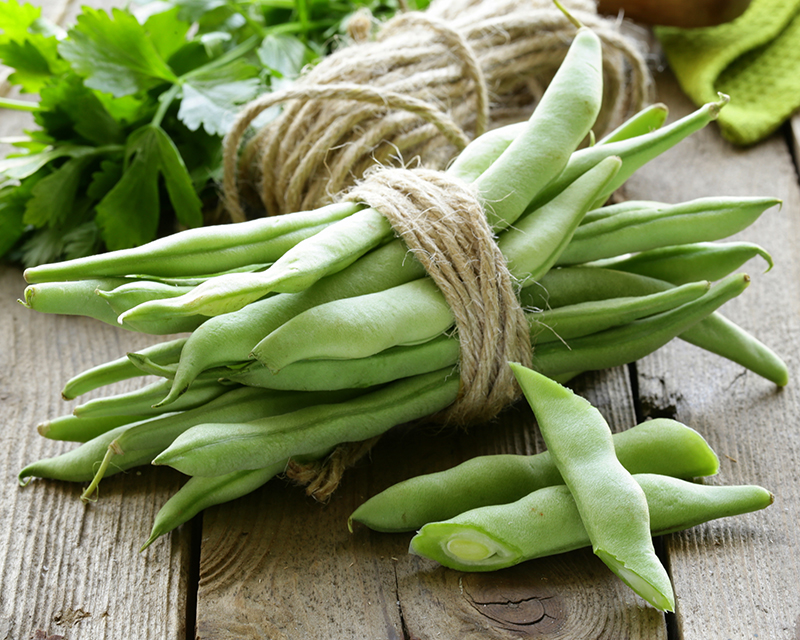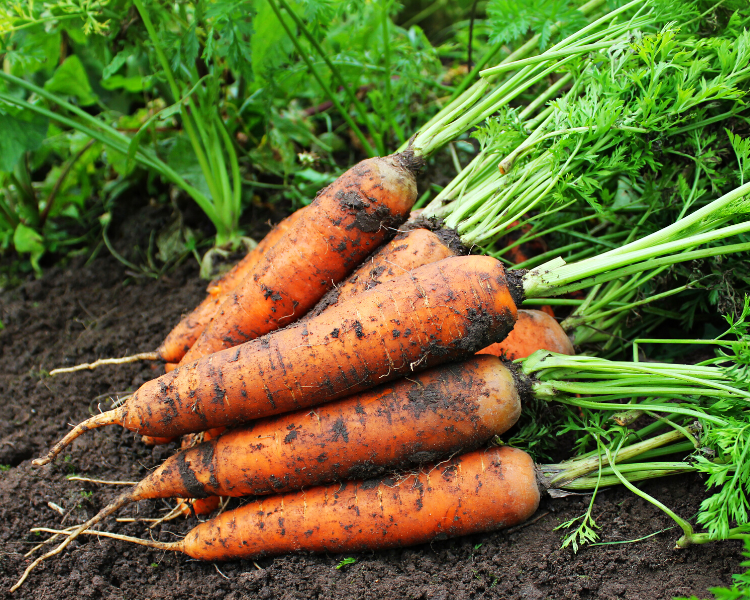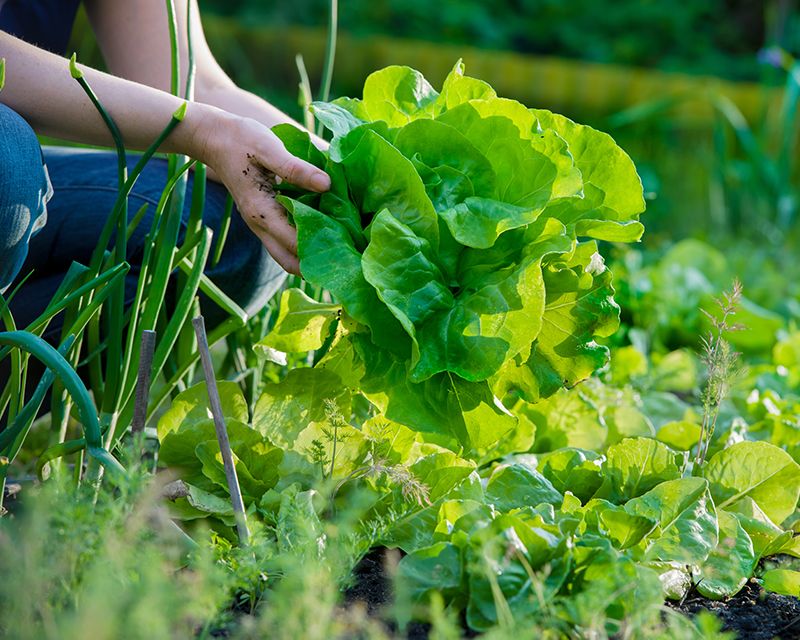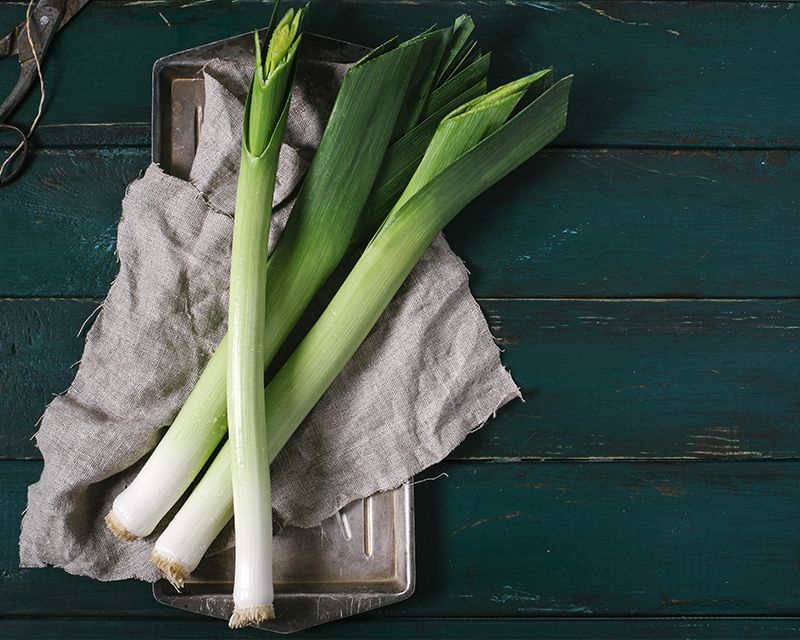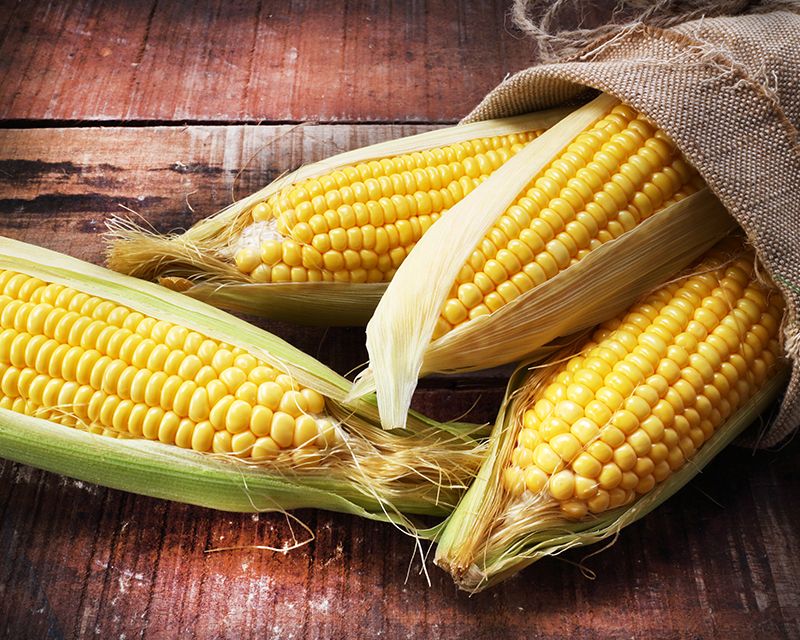
Pastinaca sativa
How to Grow Parsnip
Guess who's back? Parsnips! Truthfully, they never left, but we've learnt to cook them better (don't ever think about boiling them again, please). Creamy, tender and sweet, parsnip roots are perfect roasted, pureed, and used in salads and soups.
Full sun
Regular watering
Well drained
Suitable for all climatic zones.
18-20 weeks after planting
This will vary depending on your location and climate, so check plant label for more information


